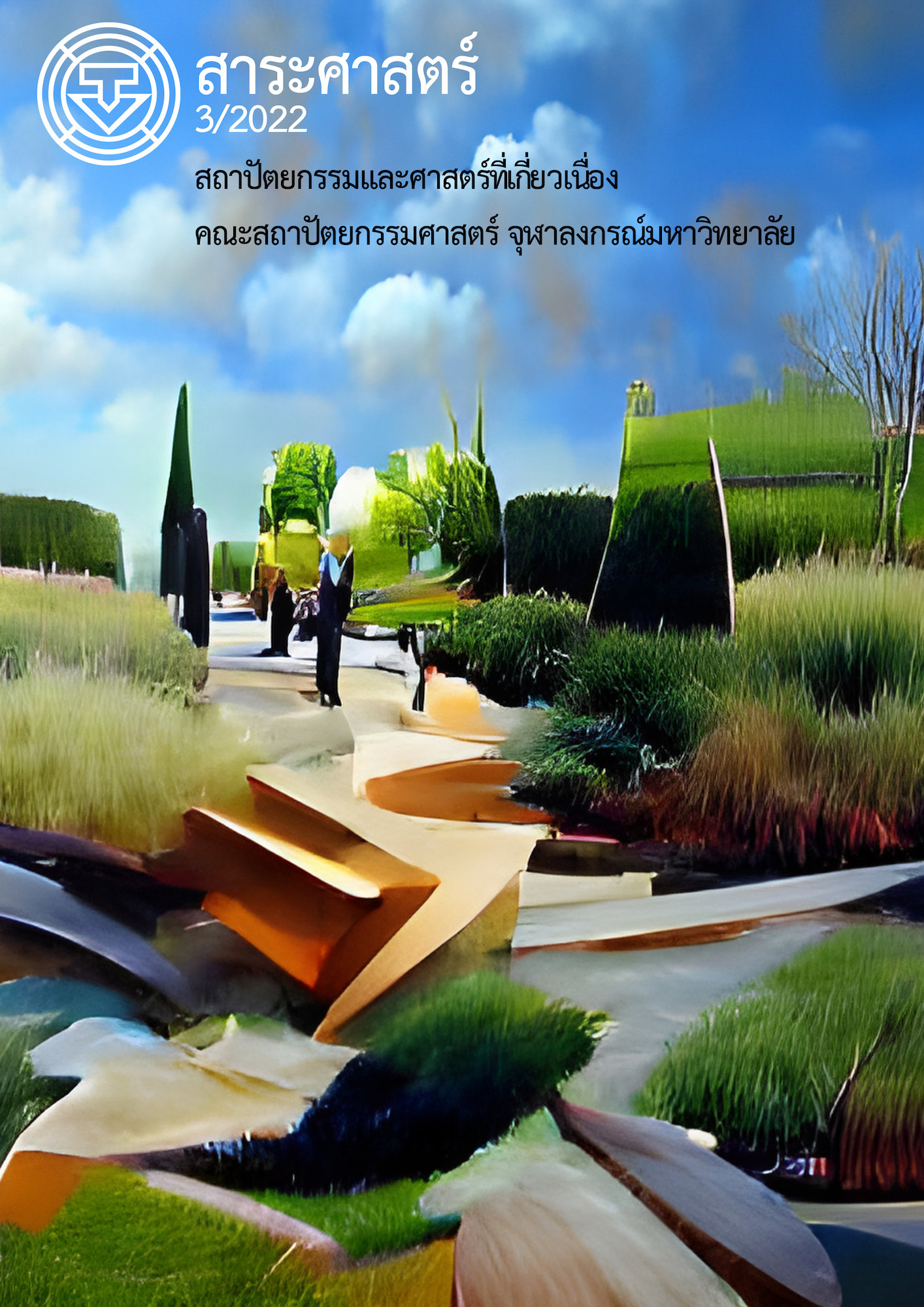Elements and Changes of Cultural Landscape in Thale Noi and Songkhla Lake Area, Phatthalung Province
Main Article Content
Abstract
Phatthalung is a geographically diverse province with mountains, forests, rice fields, and fertile freshwater lakes. The diversity of natural resources reflects the relationship between culture and human beings including the unique nature or cultural landscape. Especially, in Thela noi and Songkhla lakes, the center of fishing and agricultural civilization and the largest freshwater basin of the southern region. At present, the cultural landscape in the area has become a vital tourism resource of Phatthalung that tourists are interested in and has created a phenomenon of significant economic, social, and environmental changes for Phatthalung continuously over the past 10 years. Moreover, the study results of cultural landscapes in Thailand are relevant that research on cultural landscapes in Thela noi and Songkhla lakes area is still a small number, especially the studies on the guideline and framework for studying components and the system of the cultural landscape that focuses on creating a real understanding of the relationship system that forms the cultural landscape. Therefore, this research has two main objectives. The first one is to understand the elements of the relationship of the cultural landscape’s evolution and seek appropriate conservation and coping methods. The second one is to suggest guidelines for studying cultural landscapes that are consistent with the context of the study area and useful for further education and management. And the results of the study showed that the current changes in the economic system, social structure, and the environment that occurs and changes all the time in the current situation directly affect the persistence of the cultural landscape in Phatthalung and might lead to the loss of the cultural landscape in Thale Noi and Songkhla Lake in the end.
Article Details
References
เกรียงไกร เกิดศิริ. (2558, กันยายน-ธันวาคม). องค์รวมภูมิทัศน์วัฒนธรรมชุมชน และสถาปัตยกรรมพื้นถิ่นเรือนที่อยู่อาศัยในลุ่ม นํ้าทะเลสาบ สงขลา. วารสารหน้าจั่ว ฉบับประวัติศาสตร์สถาปัตยกรรม และสถาปัตยกรรมไทย, 11, 176-213.
จิราภรณ์ นวลทอง. (2553). การศึกษาผลกระทบจากการท่องเที่ยวและแนวทางการจัดการ ขยะมูลฝอยในเขตห้ามล่าสัตว์ป่าทะเลน้อยจังหวัดพัทลุง. (วิทยานิพนธ์ปริญญามหาบัณฑิต, มหาวิทยาลัยราชภัฏสวนสุนันทา).
ณัฐพงศ์ พันธ์น้อย และ ศรันยา เส่ียงอารมณ์. (2563). การยกระดับนวัตกรรมผลิตภัณฑ์ทางการท่องเที่ยวจังหวัดพัทลุงสู่การเป็นเมืองท่องเที่ยวสร้างสรรค์. กรุงเทพฯ: หน่วยบริหารและจัดการทุนด้านการเพิ่มความสามารถในการแข่งขันของประเทศ (บพข.).
ธาม วริรกาญจน์ และ พัฒนา ธรรมสุวรรณ. (2561). การปรับตัวและการเปลี่ยนแปลงรูปแบบของเรือนพื้นถิ่นหมู่บ้านทะเลน้อย. Arch Journal, 27(2), 92-108.
ปริญญา บัณฑิโต. (2551). สตรีกับกิจกรรมทางเศรษฐกิจและสังคมในชุมชนทะเลน้อย จังหวัดพัทลุง. (วิทยานิพนธ์ปริญญา มหาบัณฑิต, มหาวิทยาลัยสงขลานครินทร์).
สรรค์ เวสสุนทรเทพ และ ชัยสิทธิ์ ด่านกิตติกุล. (2557). แนวโน้มการศึกษาภูมิทัศน์วัฒนธรรมในประเทศไทย. RDI Suan Dusit Rajabhat University, 10(3), 144-163.
สำนักงานคณะกรรมการวัฒนธรรมแห่งชาติ และ มหาวิทยาลัยศิลปากร คณะสถาปัตยกรรมศาสตร์. (2549). แนวทางจัดการภูมิทัศน์วัฒนธรรม. กรุงเทพฯ:อมรินทร์.
Thailand International Council on Monuments and Sites (ICOMOS). (2011). Thailand charter on cultural heritage sites management. Retrieved November 3, 2019, from http://www.icomosthai.org/THcharter/63546_Charter_ updated.pdf
UNESCO. & World Heritage Convention. (2004). Module 4: Management of Cultural Landscapes. Havana: CCBP.
Xu, J., Kang, J., Shao, L., & Zhao, T. (2015). System dynamic modeling of industrial growth and landscape ecology in China. Journal of Environmental Management, 161, 92 - 105.


